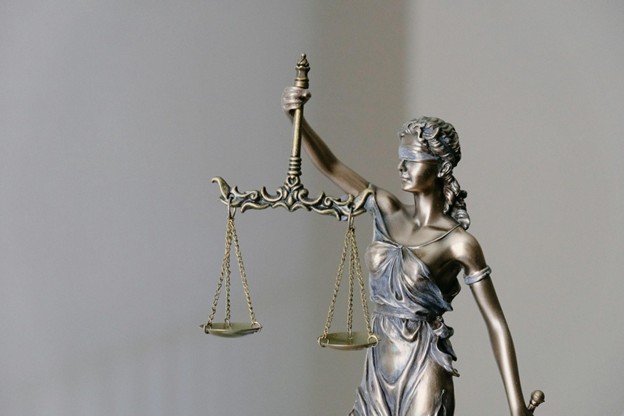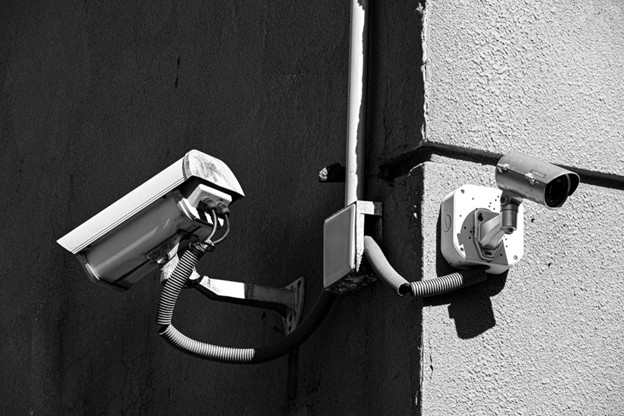
There has been a lot of talk about criminal justice reform in the past few years. What exactly is criminal justice reform, and what has shaped it? In this article, Bay Area, California advocate Jeremiah Kitavi will discuss the history of criminal justice reform and some factors that have led to the current movement. We will also explore some of the different viewpoints on this issue and highlight some of the challenges that lie ahead.
The History Of Criminal Justice Reform
The American criminal justice system has a long history of reform because America has one of the highest incarceration rates, with much funding and efforts going into something that many question its effectiveness. In the early days of the republic, there was a strong focus on rehabilitation and reformation rather than punishment. This began to change in the mid-19th century, as the use of prisons as a form of retribution became more common. The 20th century saw a continued shift towards punitive justice as longer prison sentences and harsher conditions became more common.
However, Jeremiah Kitavi says this trend began to change in the latter half of the century, as studies showed that rehabilitation was more effective than punishment in reducing recidivism rates. Recently, there has been a renewed focus on criminal justice reform, particularly reducing mass incarceration and improving conditions for prisoners.
This has resulted in changes at the federal and state levels, including the introduction of sentencing reforms and the expansion of alternative sentencing options. As the debate over criminal justice reform continues, it is clear that the American system is undergoing a fundamental shift.
The Key Players In The Movement For Reform
Many different groups and individuals have been instrumental in the movement for criminal justice reform. Some prominent organizations include the American Civil Liberties Union (ACLU), the NAACP, and Families Against Mandatory Minimums (FAMM). These groups have advocated for reform for many years, and their work has significantly shaped the current debate.
Jeremiah Kitavi says in addition to these well-established organizations, a growing number of grassroots activists are working to bring attention to this issue. Many of these activists are directly impacted by the criminal justice system, either as current or former prisoners or as family members of those who are incarcerated. Their experiences have helped personalize this issue and bring it to the forefront of the national conversation.
The Different Approaches To Criminal Justice Reform
There is no one-size-fits-all solution to the problem of mass incarceration. As a result, several different approaches have been proposed, each with its strengths and weaknesses. Some of the most popular proposals include sentencing reform, prison reform, and alternatives to incarceration.
Sentencing reform seeks to reduce the length of prison sentences for nonviolent offenders. This would allow more people to avoid going to prison altogether or serve shorter sentences. Prison/jail reform focuses on improving conditions for those who are incarcerated, such as providing better access to education and rehabilitation programs. Alternatives to incarceration involve diverting nonviolent offenders to community-based programs, such as drug treatment or mental health services.
How Successful Has The Movement Been So Far?
The movement for criminal justice reform has made significant progress in recent years. Sentencing reform legislation has been passed at the federal level, and many states have implemented similar changes. Prison conditions have also improved in some jurisdictions, although much work still needs to be done. However, mass incarceration remains a severe problem in the United States, and the challenges ahead should not be underestimated.
What Challenges Still Need To Be Addressed?
Jeremiah Kitavi says despite the progress that has been made, there is still a long way to go before the problem of mass incarceration is improved. One of the most pressing challenges is the lack of data on the effects of criminal justice reform. To continue progressing, we must better understand what works and doesn’t. Additionally, there is a need for more research on the impact of incarceration on individuals, families, and communities. Finally, it is essential to remember that criminal justice reform is just one piece of the puzzle. Other issues, such as poverty and racism, also create disparities in the system.
Another challenge to be addressed is how to assist inmates once they are out of prison and how to help them successfully re-enter society. This is a crucial part of reducing recidivism rates and ensuring that people have the opportunity to lead productive, fulfilling lives.
Conclusion
The criminal justice system in the United States is undergoing a period of significant change. Many organizations and individuals are advocating for reform, and there is a growing recognition of the need for change. While progress has been made, much work is still to be done. To continue moving forward, we must better understand what works and what doesn’t. Additionally, more research is needed on the impact of incarceration on individuals, families, and communities. Finally, we must remember that criminal justice reform is just one piece of the puzzle. Other issues, such as poverty and racism, also create disparities in the system.





